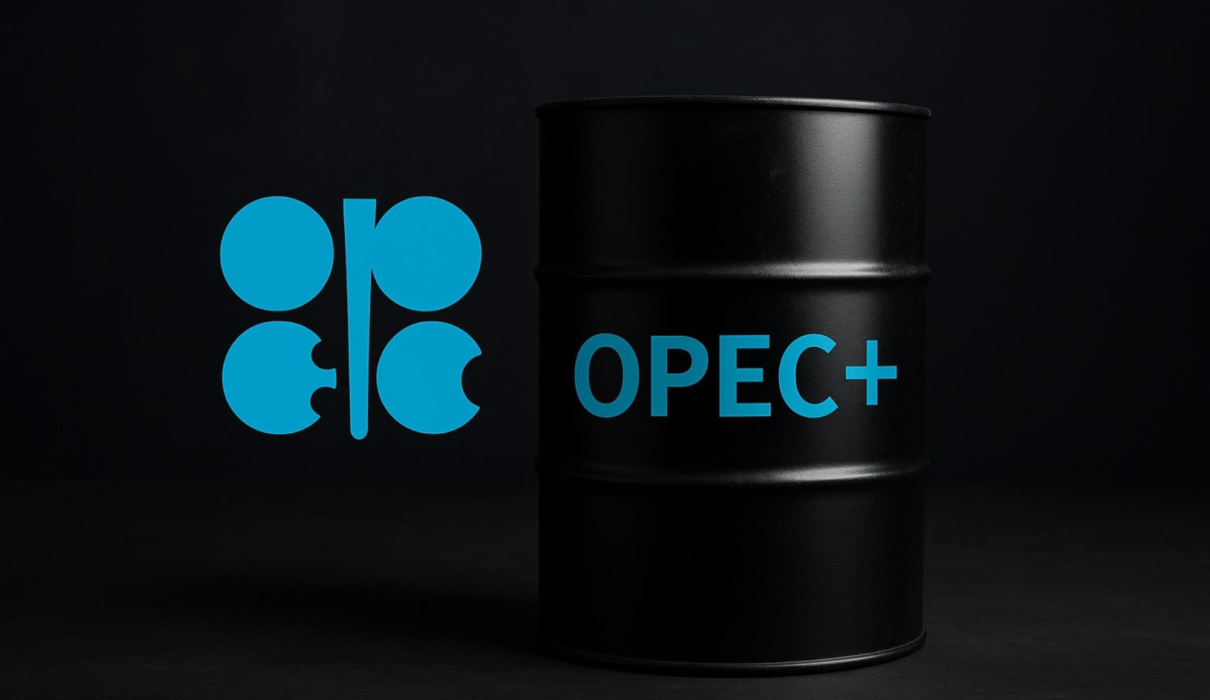Global oil prices regained some ground on Thursday as supply constraints offered short-term relief against a backdrop of economic uncertainty, trade tensions, and a downward revision in demand forecasts by OPEC.
Despite macroeconomic headwinds, crude benchmarks managed modest gains:
- Brent crude rose by $0.19 to reach $68.83 per barrel.
- WTI crude edged up $0.26, closing at $66.83 per barrel.
This partial recovery followed earlier losses caused by tariff anxieties and OPEC’s forecast downgrade, which had briefly pushed investor sentiment into bearish territory.
What’s Driving the Oil Market?
OPEC Cuts Demand Forecast
The Organization of the Petroleum Exporting Countries (OPEC) revised its 2029 oil demand outlook downward to 106.3 million barrels per day, citing reduced consumption from major economies and an accelerating transition to cleaner energy sources. This marks a 1.6 million bpd cut compared to last year’s forecast, prompting investor caution.
US Tariffs Stir Market Anxiety
Recent rhetoric from President Trump concerning 35% tariffs on Canadian goods, and possible additional duties on Mexico and the EU, has unnerved commodity markets. These trade tensions introduce volatility, with investors wary of a global slowdown impacting fuel demand.
“Energy markets are trying to balance real-time supply tightness against possible long-term demand deterioration,” said Diego Mendez, commodity strategist at ICE Futures.
Supply Tightness Offers Temporary Cushion
While demand-side pressures loom, market participants continue to observe a tight physical oil market, marked by strong summer refinery activity and low spare capacity among top producers. Backwardation in oil futures suggests bullish short-term sentiment persists, especially as summer driving season demand peaks.
“Refinery runs in the U.S. and Asia remain strong, and there’s limited wiggle room for increased output,” noted Rystad Energy’s chief analyst, Sarah Lerner.
Institutional Confidence Faces Setbacks
Although institutional interest in commodities remains elevated, some analysts believe the current rally could lose steam. Citi strategist Dirk Willer warned that pullbacks are likely if global trade conditions worsen or central banks shift toward tighter monetary policy again.
Geopolitics and Oil Security
Key geopolitical flashpoints continue to influence sentiment:
- Russian sanctions enforcement
- Middle East shipping routes (Red Sea, Strait of Hormuz)
- Rising freight and insurance costs
These risks have elevated hedging behavior among refiners and importers, even as immediate supply remains stable.
Conclusion
While oil prices posted a slight recovery, the market is far from steady. The interplay between supply discipline, trade policy threats, and long-term demand uncertainty makes for a fragile equilibrium. Investors are watching not just for price trends, but also the structural shifts in global energy consumption.

